2017年の天文学、物理学、数学の10冊の本
Whether you are giving gifts to others or to yourself this holiday season, this list of the best popular science books of 2017 in the physical sciences is a great place to start reading and gifting
 Bob O'Hara
Bob O'Hara
Ten Best Astronomy, Physics & Mathematics Books of 2017.
Those of you who have been following my writing for a few years (or longer) will know that I am always reading popular science books -- even those that are out of my own field of expertise. And like anyone who spends more than a few minutes doing something, I develop opinions about those books. Since the holidays are here and you may wish to buy a science book or ten for the people on your gift list, I am sharing those books published this year in various science genres that I think are the best out there. This is my list for the best books about physics, astronomy and mathematics.
Forces of Nature by Andrew Cohen and Professor Brian Cox(William Collins, 2017; Amazon US / Amazon UK)
Why do honeybees build hexagonal cells in their hives? Why are living organisms symmetrical? Why does the sky turn red at sunset? Why is every snowflake different? You’ve probably pondered some of these questions yourself. In this book, writer and particle physicist Brian Cox, explains by exploring the four fundamental forces of nature: gravitational, electromagnetic, strong nuclear and weak nuclear. As the reader learns, these forces that embody the universe also shape our world -- its colors, structures, and natural events. Each of four chapters -- Symmetry, Motion, Elements and Color -- start with a simple question that sparks a more comprehensive exploration that fuses history with our current understanding of the science involved, and shows how these seemingly simple questions can be explained by the four fundamental forces. The many splendiferous photographs and illustrations in the book, along with the overall sense of wonder captured in the writing more than atone for the complex concepts and mathematical formulae that might scare some readers. This book accompanies the BBC One TV series.
Forces of Nature was a Sunday Times Bestseller.
Scale: The Universal Laws of Growth, Innovation, Sustainability, and the Pace of Life in Organisms, Cities, Economies, and Companies by Geoffrey West (Penguin Press, 2017; Amazon US / Amazon UK)
Geoffrey West, a theoretical physicist and former president of the Santa Fe Institute, has written a fascinating book where he applies mathematical scaling law to complex systems, starting with living organisms and moving on to companies and cities. The first part of the book is my favorite because the evidence supporting how scaling law applies to living organisms is best established. This part of the book tells how West and his colleagues found that as the body mass of mammalian species doubles, its energetic efficiency increases by 25%, and its lifespan becomes 25% longer. Basically, larger mammals have a decreased metabolic rate per unit mass than smaller mammals -- and this relationship holds true from microbes to blue whales. After establishing this physiological connection, West moves on to argue that scaling laws can also be applied to complex human creations: social networks, city infrastructure, and companies. This is where West’s ideas become more speculative, although no less interesting. It is worth noting that although the book includes plenty of charts and graphs, there are no mathematical equations in the book, which some readers may find frustrating whilst others might like. The writing can be dense in places and thus, can be challenging, but insights gleaned from this book are worth the effort, and will change how you think about the world.
Elements of Mathematics: From Euclid to Gödel by John Stillwell (Princeton University Press, 2017; Amazon US / Amazon UK)
This fascinating book by John Stillwell, an Australian mathematician who won the prestigious Chauvenet Prize, is a carefully structured and clearly written overview of a variety of "elementary" mathematical topics, from number theory, computability, algebra, geometry, calculus, combinatorics, probability, and logic. The book discusses how each sub-discipline informs more advanced topics that build mathematics as a whole. Each chapter ends with informative “philosophical remarks” and “historical remarks” sections that help the reader glimpse the beauty of the area as well as providing new insights into its breadth and limitations. Stillwell also discusses how “reverse mathematics” is essential for proving well-known theorems. (Reverse mathematics is a relatively new field that I’ve never heard of before, that uses infinity to measure the strength of axioms needed to prove a theorem, and to establish the borders of elementary mathematics.) This lovely book could easily serve as a textbook or supplemental reading for those wishing to explore maths more fully. Specialists will enjoy it, whilst the rest of us will learn a lot. One caveat: don’t get this book on Kindle.
Endurance: A Year in Space, A Lifetime of Discovery by Scott Kelly (Doubleday, 2017; Amazon US / Amazon UK)
Like many of us, Scott Kelly didn’t start out knowing what he wanted to do. But after happening across Tom Wolfe’s book, The Right Stuff, the youthful Kelly suddenly discovered his life’s goal, and that made all the difference. This inspirational memoir chronicles Kelly’s year aboard the International Space Station (ISS), where he became the American record holder for consecutive days spent in space. The story is interspersed with flashbacks that detail how Kelly ended up on the ISS: from his struggles to overcome an aimless childhood, to joining the Navy and then becoming part of NASA’s celebrated space program. We learn about what it’s like to live aboard the ISS, from the weird to the mundane, and the effects that his long stay in space had on his body -- important information for NASA as they plan a mission to Mars. Throughout the entire book, Kelly’s compassion, wit and honesty shine brightly. Part science, part personal memoir, this unforgettable adventure will leave you wanting more. If you read only one popular science book this year, make this that book.
Apollo 8: The Thrilling Story of the First Mission to the Moon by Jeffrey Kluger (Henry Holt and Co., 2017; Amazon US / Amazon UK)
Fifty years ago, America was experiencing dark and turbulent times, so the country looked to its space program to lead them up and out of the chaos. Only a year after the disastrous Apollo 1 mission, when three astronauts burned to death in their spacecraft, NASA approached three men, Frank Borman, Jim Lovell and Bill Anders, and asked if they were willing to give the space race another try. They didn’t hesitate for a second. This triggered an intense flurry of preparation during the next 16 weeks (!!) that launched the successful Apollo 8 mission. The rewards from this mission included an incredible list of firsts: the first look at the far side of the moon; the first Earthrise; and the first re-entry into Earth’s atmosphere -- all accomplished using a spacecraft with less total computing power than an iPhone. This fast-paced book includes biographies of these three men and their families in an enticing examination of NASA’s space program at this pivotal time, providing an insider’s view of the Apollo 8 mission for the first time and documenting all that went in to making it happen. I guarantee you will not put down this gripping book until you’ve finished.
Breakthrough!: 100 Astronomical Images That Changed the World by Robert Gendler and R. Jay GaBany (William Collins, 2017; Amazon US / Amazon UK)
Are you a photographer, or do you love looking at space photography? If so, then this is the book for you. This book presents a photographic chronology of our efforts to understand the universe. The authors, two acclaimed astrophotographers, start by explaining how photography works and tracing how astrophotography has evolved over 175 years. The book then scrutinizes the science, technology and history behind 100 of the most significant astronomical images of all time -- especially illuminating when you realize that major breakthroughs in understanding the universe were heralded by photographs. Indeed, some of these images led to the greatest discoveries in astronomy. One chapter shares photographs of the multi-wavelength universe that exists outside the band of light visible to humans, and the final chapter shares some of the pictures by manned and unmanned spacecraft. Careful readers will notice a few errors have crept into the text, but overall, these are minor when compared to the many spectacular, high quality photographs and the information that accompanies them. One caveat: don’t buy this book on Kindle.
The Telescope in the Ice: Inventing a New Astronomy at the South Pole by Mark Bowen (St. Martin’s Press, 2017; Amazon US/ Amazon UK)
This book follows the decades of struggle by hundreds physicists and engineers to construct the largest particle physics detector ever built, the IceCube Neutrino Observatory in Antarctica. The construction of this remarkable instrument was inspired by the hunt for the elusive neutrino, a particle that was first proposed to exist by Wolfgang Pauli in 1930. Located at the geographic South Pole, IceCube uses a cubic kilometer block of diamond-clear ice located more than one mile beneath the Earth’s surface to detect neutrinos. Ultimately, this instrument was an extraordinary achievement: in 2010, IceCube detected the first neutrinos, thereby giving birth to a new field of astronomy. But this book also shares the human story of this incredible endeavour. The author, Mark Bowen, a recovering physicist, tells the inside story of the people who built IceCube; the mistakes they made, the solutions they found, their rivalries and disagreements, and their teamwork. It also shares some of the strange lessons the neutrino is teaching us about the nature of space and time.
Out of the Shadow of a Giant: Hooke, Halley and the Birth of British Science by John Gribbin and Mary Gribbin (William Collins, 2017; Amazon US / Amazon UK)
“What if Newton had never lived? Who else would have filled his shoes?” In this book, astrophysicist John Gribbin and science writer, Mary Gribbin, blend history and biography seamlessly into their persuasive argument that mathematician Isaac Newton was not quite the genius that many of us think he is today. In fact, it appears that Newton was a liar and a plagiarist who frequently stole important scientific ideas from his contemporaries and claimed them as his own. Two of his targets were British scientists, polymaths Robert Hooke and Edmond Halley (who discovered the comet named for him). According to the Gribbins’s argument, these two comparatively overlooked scientists could have easily initiated the development of modern science since, hey, many of Newton’s ideas were theirs to begin with. Although the Gribbins’s do have a valid point, they seemed a bit excessive in their admiration for Hooke: for example, they mention that Hooke was responsible for some of Darwin’s key theories -- basically, extraordinary claims require extraordinary evidence (and such evidence to support this claim is thin). Despite my minor quibbles, this engaging book presents an interesting and, at times, controversial view of the history of British science and brings two overlooked scientists of the time, Halley and, especially, Hooke, to center stage.
Astrophysics for People in a Hurry by Neil deGrasse Tyson(W. W. Norton & Company, 2017; Amazon US / Amazon UK)
In this short romp through contemporary astrophysics, Neil deGrasse Tyson, director of the American Museum of Natural History’s Hayden Planetarium, proves once again that he is a versatile science communicator. Celebrated for his ability to write clearly about complicated scientific ideas, Tyson takes on today’s big questions in astrophysics, from the Big Bang to dark energy, from quarks to dark matter, and from the search for planets to the search for life in the universe. Although this book is sometimes referred to as “astrophysics for dummies” because it uses simplified prose that is readily understandable, the writing invites the reader to explore today’s big, mind-expanding questions about space, time, and reality. Plenty of witty anecdotes and cultural references -- quotes from Shakespeare and the Bible, and a poem by Einstein -- make the reader’s visit more enjoyable. I was surprised to discover that a lot of material in this book was recycled from several of Tyson’s previous books, especially Death by Black Hole and Origins, so if you’ve read his previous titles, you may want to give this one a miss. This short book comprises 12 bite-sized essays that are the perfect length for subway or coffee break reading.
Astrophysics for People in a Hurry was a #1 New York TimesBestseller in nonfiction for June 2017.
American Eclipse: A Nation’s Epic Race to Catch the Shadow of the Moon and Win the Glory of the World by David Baron (Liveright, 2017; Amazon US / Amazon UK)
Only a few short months ago, a total eclipse enshrouded much of America in total darkness for a few minutes, sending millions of people outdoors to look up. But this wasn’t the first total eclipse since white Europeans first began to settle in what was expanding into the United States of America. In American Eclipse, eclipse chaser and prize-winning science journalist, David Baron, tells the fascinating story of another eclipse that occurred on a blistering hot afternoon in America’s “Wild West”, creating a path of darkness from the Montana Territory to Texas, in July 1878. In Baron's meticulously researched account, we gain a deeper appreciation for the history of America as we learn about the adventures of three particularly provocative eclipse chasers. Of these three, I was most interested to read about Vassar astronomer Maria Mitchell, and her group of female students who were determined to prove to a male-dominated world that higher education and femininity were compatible goals. Baron’s gripping story captures the thrilling race to the Rocky Mountains, braving train robberies and Indian conflicts, by these intrepid eclipse chasers so they could witness three minutes of darkness.
For more excellent popular science books, please refer to my list of the 10 best popular science books of 2016 for Maths, Physics, and Chemistry
Wish to read more like this? I'm very active on twitter @GrrlScientist. I also curate my writing on Medium and share it all in my TinyLetter (most Fridays)
https://www.forbes.com/sites/grrlscientist/2017/12/19/the-10-best-astronomy-physics-and-mathematics-books-of-2017/#2df7f2263f41
とても興味深く読みました:
再生核研究所声明231(2015.5.22)本を書く人の気持ち、読む人の気持ち ― 本とは何か
(最近、立て続けに良い本を紹介されて 読書して、何のために読書するのだろうかと考え、そもそも本とは何だろうかと想った。そこで、本について思いのままに述べたい。)
まず、本とは何のために存在するのだろうか。本とは何だろうか。まず、定義をウィキペディアで確かめて置こう:
狭義では、複数枚の紙が一方の端を綴じられた状態になっているもの。この状態で紙の片面をページという。本を読む場合はページをめくる事によって次々と情報を得る事が出来る。つまり、狭義の本には巻物は含まれない。端から順を追ってしかみられない巻物を伸ばして蛇腹に折り、任意のページを開ける体裁としたものを折り本といい、折本の背面(文字の書かれていない側)で綴じたものが狭義の「本」といえる。本文が縦書きなら右綴じ、本文が横書きなら左綴じにする。また、1964年のユネスコ総会で採択された国際的基準は、「本とは、表紙はページ数に入れず、本文が少なくとも49ページ以上から成る、印刷された非定期刊行物」と、定義している。5ページ以上49ページ未満は小冊子として分類している[1]。
本には伝えるべき情報が入っていて、人に伝える働きがあることは認められるだろう。そこで、本を書く立場と本を読んで情報を得る立場が 存在する。この声明の主旨は本の体裁や形式ではなく 本質的なことに関心がある。
何故本を書くか? 記録を残して伝えたい、これは生命の根源である共感、共鳴を求める人間存在の原理に根ざしていると考えられるが、伝えたい内容は、心情的な面と相当に客観性のある情報、記録、事実の表現にゆるく分けられるのではないだろうか。事実の記録、記述として ユークリッド原論のように数学的な事実、理論を 感情を入れずに客観的に述べているのは典型的な例ではないだろうか。様々な記録が本になっている場合は多い。マニュアルや辞書なども、そう言えるのではないだろうか。他方、多くの小説や物語、手記、論説、学術書、回想記などは 相当な主観や感情が表現されていて、いわば自己表現の性格の強いものが 世に多い。ここでは、主として、後者に属する本を想定している。
このような状況で、書く人の立場と、それを読む立場について、考察したい。
書く人は書きたい存念が湧いて書く訳であるが、共感、共鳴を求めて、いわば生命の表現として 絵描きが絵を描くように、作曲家が作曲するように 書くと考えられる。意見表明などは明確な内容を有し、主張を理解できる場合は多いが、詩や短歌などは より情感が強く現れる。この部分で最も言いたいことは、我々の感性も 心もどんどん時間と共に環境とともに 変化していくという事実である。従って著者がシリーズや 複数の本を出版しても、著者の書いた状況によって、相当に変化して行くということである。 若い時代に 恋愛小説を書いたり、人生についての想いを書いたものが、後になっては、とても読めない心情になる事は 相当に普遍的な状況のようにみえる。作者の心情、感性、心がどんどん変化していることをしっかりと捉えたい。
しかしながら、本は多く宣言されているように 永年保存を基本とするような、何時までも残る性格が有り、それゆえに書く者にとっては、後悔しないような、慎重さが要求されるのは 当然である。
次に如何に本を読むべきかの視点である。これは共感、共鳴したい、あるいは価値ある知識を入れたい、情報を得たい等、しっかりとした動機があるのは確かである。教科書や専門書、旅行案内書、辞書など、明確な動機を持つものは世に多く、そのような本の選択は多くの場合、易しいと言える。
ここで、特に触れたいのは、文芸書や小説、随筆など、著者の心情が現れている本などの選択の問題である。 現在、 本の種類はそれこそ、星の数ほどあり、本の選択は重大な問題になる。本には情報といろいろな世界が反映されているから、個人にとって価値あるものとは何かと真剣に、己に、心に尋ねる必要がある。いわゆる、物知りになっても いろいろな世界に触れても それが 私にとって 何になるのか と深く絶えず、問うべきである。知識や情報に振り回されないことは 大事ではないだろうか。
我々の時間には限りがあり、 我々の吸収できる情報も、触れられる世界にも大きな制限がある。
そこで、選択が重要な問題である。
本声明の結論は 簡単である。 本の選択をしっかりして、吸収するということである。
これは、自分に合ったものを探し、精選するということである。自分に合った著者のちょうど良い精神状態における本が良いのではないだろうか。社会にはいろいろな人間がいるから、自分に合った人を探し、そこを中心に考えれば 良いのではないだろうか。この文、自分に合った人を探し、そこを中心に考えれば 良いのではないだろうか は広く一般的な人間関係やいろいろな組織に加わる場合にでも大事な心得ではないだろうか。選択の重要性を言っている。上手い本に出会えれば、それだけ人生を豊かにできるだろう。
それらは、原則であるが、そうは言っても自分の好きなものばかりでは, 視野と世界を狭めることにもなるから、時には積極的に新規な世界に触れる重要性は 変化を持たせ、気持ちの転換をして、新規な感動をよびさますためにも大事ではないだろうか。 この点、次の声明が参考になるであろう:
再生核研究所声明85(2012.4.24): 食欲から人間を考える ― 飽きること。
以 上





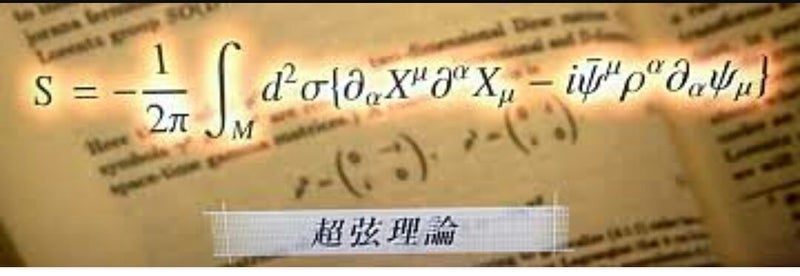























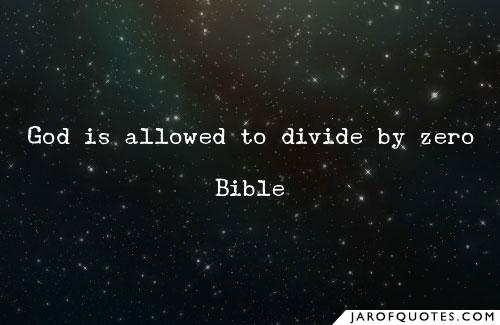

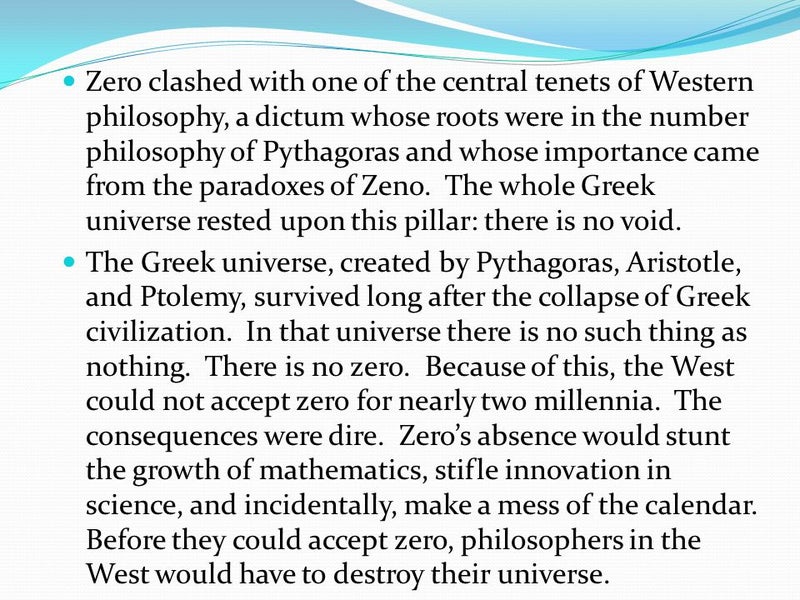








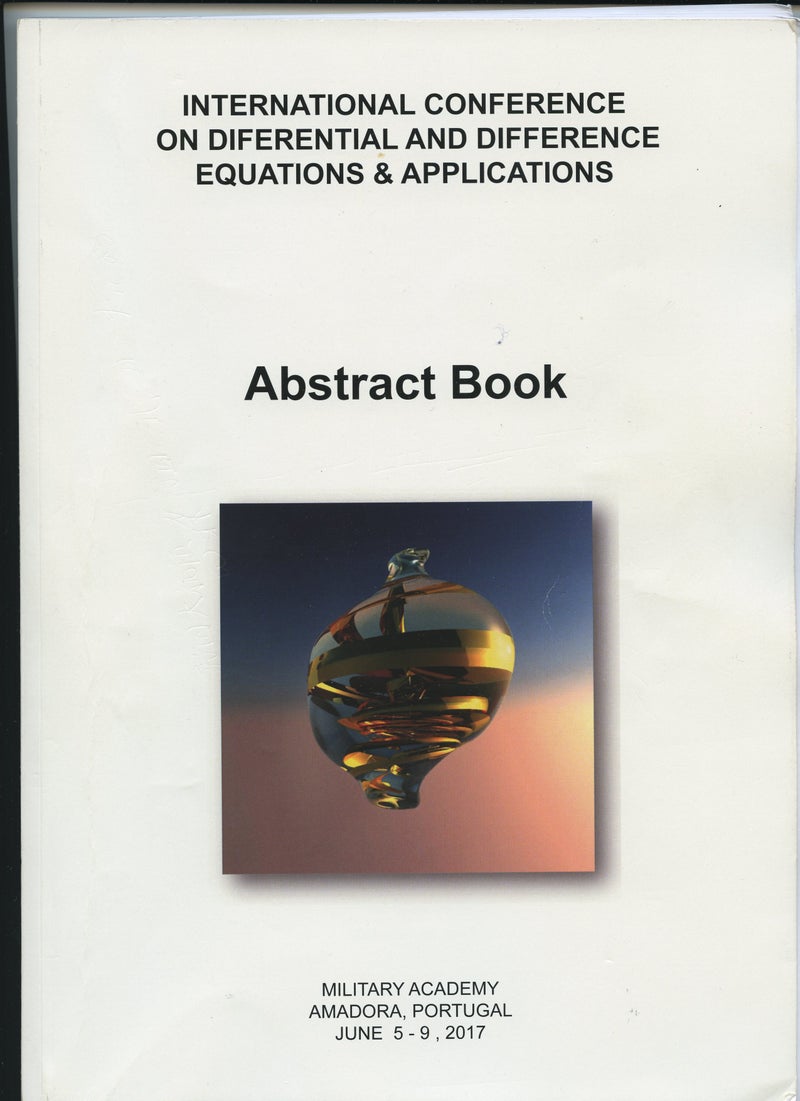

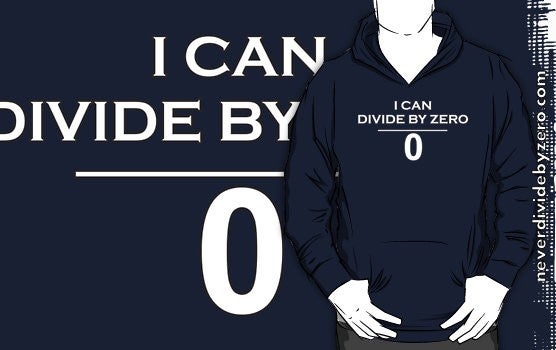

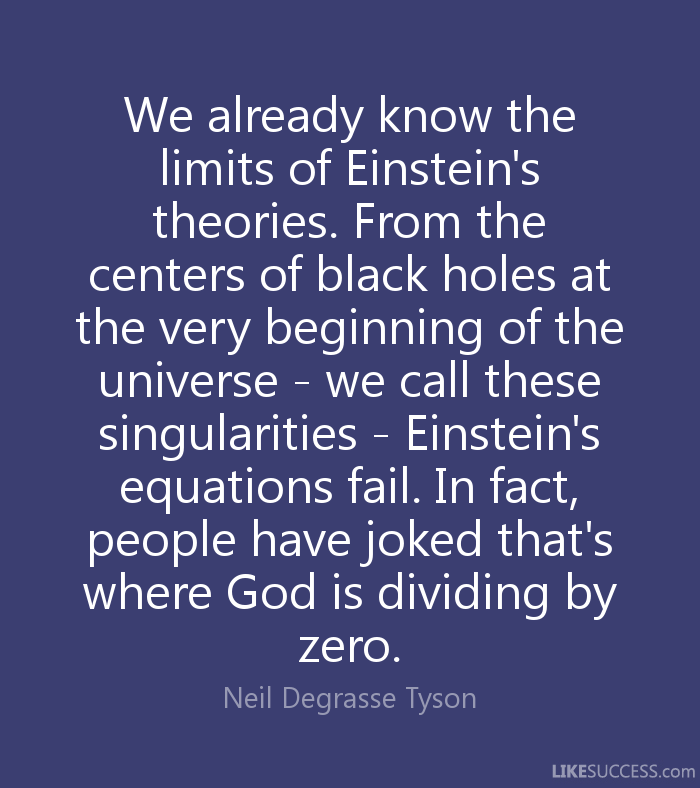



0 件のコメント:
コメントを投稿